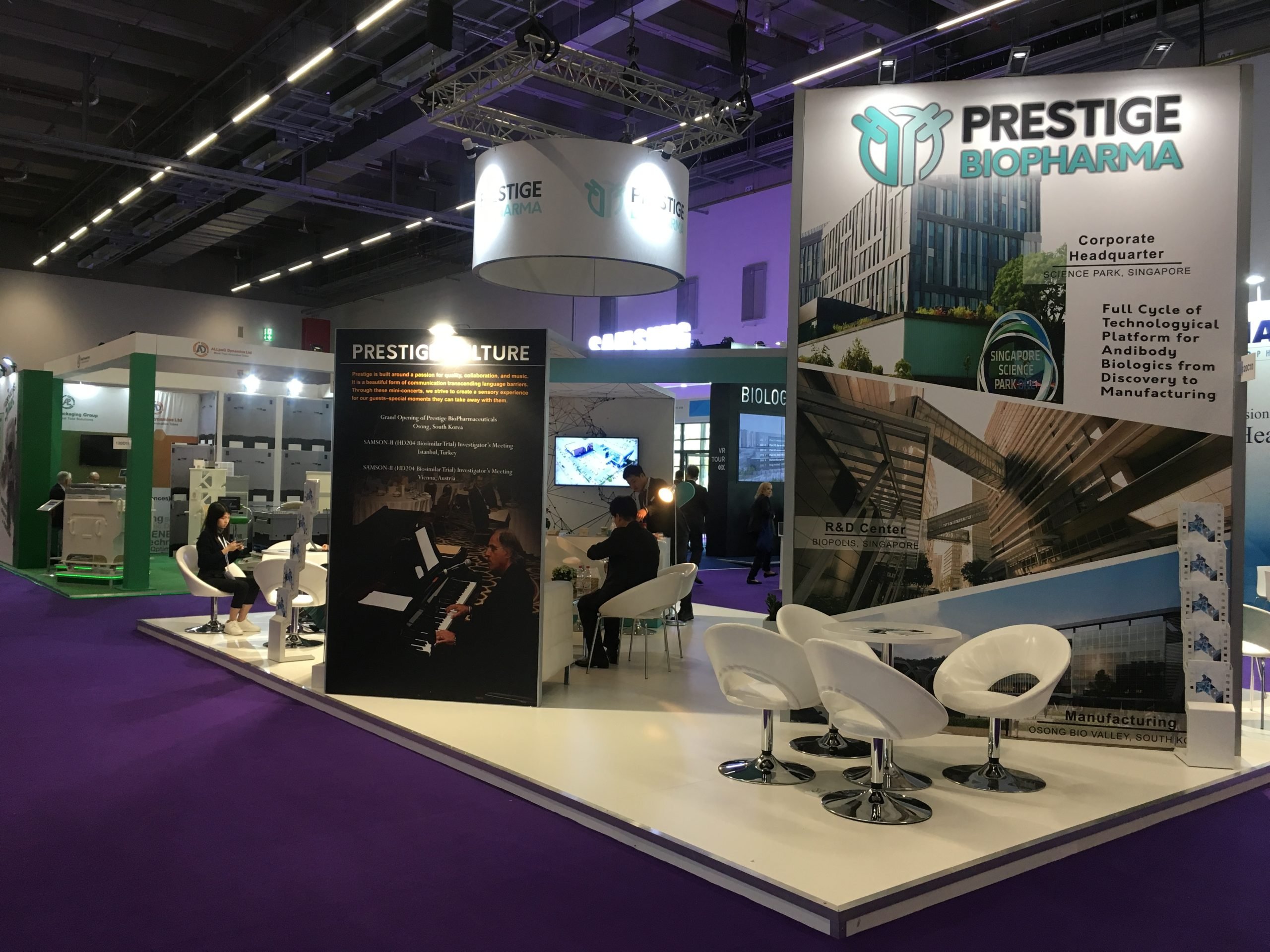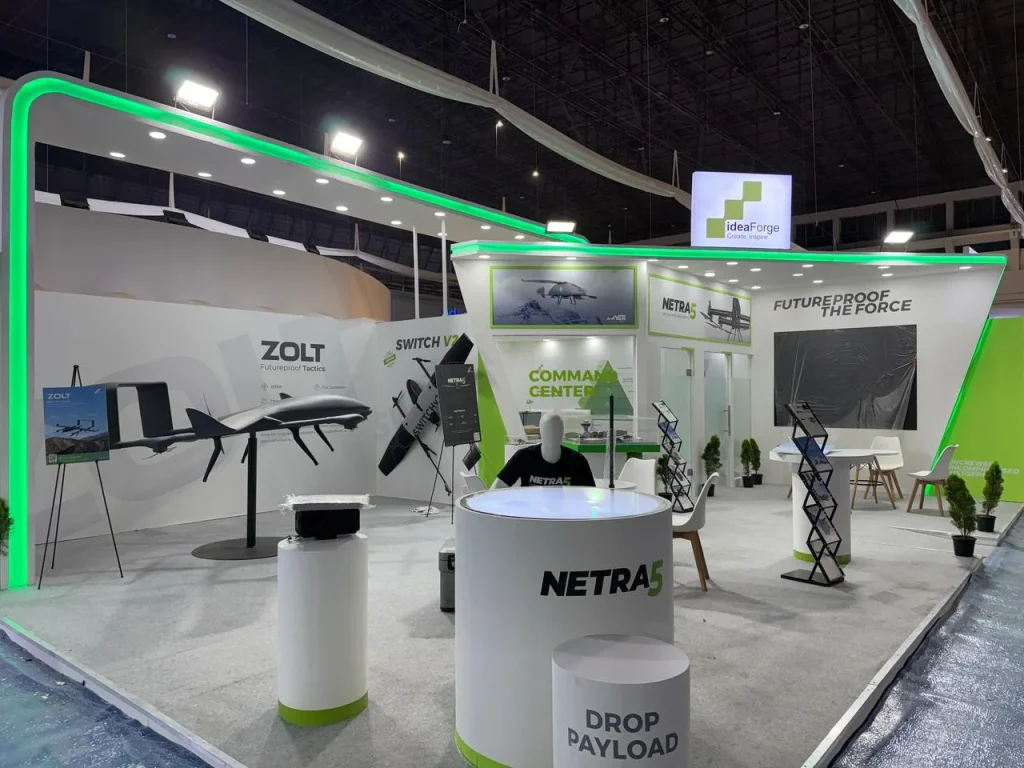
Introduction
In today’s fast-paced, information-rich world, personalization is no longer a luxury—it’s an expectation. As consumers and businesses alike seek more tailored experiences, the trade show industry is increasingly turning to personalized exhibit designs to capture attention and foster deeper connections with attendees.
This shift towards personalization is not just a trend; it’s a fundamental change in how brands approach their presence at trade shows. Let’s explore why personalization is becoming so crucial in exhibit design and how it’s reshaping the way brands engage with their audiences.
1. Meeting Individual Needs and Preferences
One of the most significant drivers of personalization in exhibit design is the desire to meet the unique needs and preferences of each attendee. Trade shows attract a diverse range of visitors, from industry experts and decision-makers to potential clients and casual observers. A one-size-fits-all approach simply doesn’t cut it anymore.
Personalized exhibits allow brands to tailor their messaging, product displays, and interactive elements to resonate with different audience segments. For example, a technology company might design different experiences for IT professionals, C-level executives, and end-users, each highlighting the aspects of their products that are most relevant to those groups.
Pro Tip: Segment your audience ahead of time and design specific pathways within your exhibit that cater to each group. This ensures that every visitor finds something relevant and engaging, increasing the likelihood of a meaningful connection.
2. Enhancing Visitor Engagement
Personalization significantly enhances visitor engagement by creating experiences that are directly relevant to the attendee’s interests and needs. When visitors feel that an exhibit speaks to them personally, they are more likely to spend time at the booth, interact with the brand, and remember the experience long after the event.
This can be achieved through various methods, such as personalized greetings, customized content, and interactive elements that adapt based on visitor input. For instance, digital displays can offer different information depending on the visitor’s industry or job role, while interactive kiosks can guide users through a personalized journey based on their responses to initial questions.
Pro Tip: Utilize data collection tools like RFID badges or mobile apps to gather information about attendees as they interact with your exhibit. This data can be used to tailor the experience in real-time, making it more engaging and relevant for each visitor.
3. Building Stronger Emotional Connections
Personalization in exhibit design isn’t just about delivering the right content; it’s about creating emotional connections that resonate with attendees. When a brand goes the extra mile to make an experience feel personal, it fosters a sense of appreciation and loyalty in the visitor. This emotional connection is crucial in building long-term relationships and turning leads into loyal customers.
For example, an exhibit might feature a personalized welcome message for pre-registered attendees, or offer customized giveaways based on the visitor’s interests or industry. These small touches make a big impact, showing attendees that the brand values them as individuals rather than just another face in the crowd.
Pro Tip: Incorporate personalized elements that evoke positive emotions, such as surprise or delight. This could be anything from a tailored product demonstration to a unique gift that aligns with the visitor’s personal preferences.
4. Leveraging Technology for Personalized Experiences
The rise of advanced technologies is a major enabler of personalization in exhibit design. Tools like artificial intelligence (AI), machine learning, and big data analytics allow brands to gather detailed insights into attendee behavior and preferences, which can then be used to create highly customized experiences.
For instance, AI-powered chatbots can engage visitors in personalized conversations, while data-driven digital displays can adjust content based on real-time analytics. Virtual reality (VR) and augmented reality (AR) can also be used to create personalized virtual experiences that allow attendees to explore products or services in a way that’s tailored to their needs.
Pro Tip: Invest in technologies that allow for real-time personalization, such as AI-driven content management systems or analytics platforms that track visitor behavior. This ensures that your exhibit remains dynamic and responsive to each visitor’s unique journey.
5. Demonstrating Thought Leadership
Personalization also positions brands as thought leaders who understand the evolving needs of their audience. By offering tailored experiences, brands can showcase their expertise in addressing specific challenges or opportunities within their industry. This not only attracts more visitors to the booth but also elevates the brand’s reputation as an innovator and problem-solver.
For example, a healthcare company might design personalized exhibits that address the unique needs of different medical professionals, offering solutions and insights that are directly relevant to their specific field. This approach not only draws in more targeted leads but also reinforces the brand’s authority in the industry.
Pro Tip: Use personalization as a way to demonstrate your brand’s deep understanding of the industry. Offer specialized content, insights, or solutions that align with the attendee’s role or challenges, positioning your brand as the go-to expert in the field.
Conclusion: The Future of Exhibit Design is Personal
As the demand for more tailored experiences continues to grow, personalization in exhibit design will become increasingly important. Brands that embrace this shift will not only stand out in a crowded trade show environment but also build stronger, more meaningful connections with their audience.
At XS Worldwide, we understand the power of personalization and are committed to helping brands create exhibits that resonate on a personal level. By combining innovative design, advanced technology, and a deep understanding of your audience, we ensure that every visitor leaves with an experience that feels uniquely theirs. As the trade show industry evolves, personalization will be key to driving engagement, building relationships, and achieving success on the trade show floor.


 Global
Global Europe
Europe

